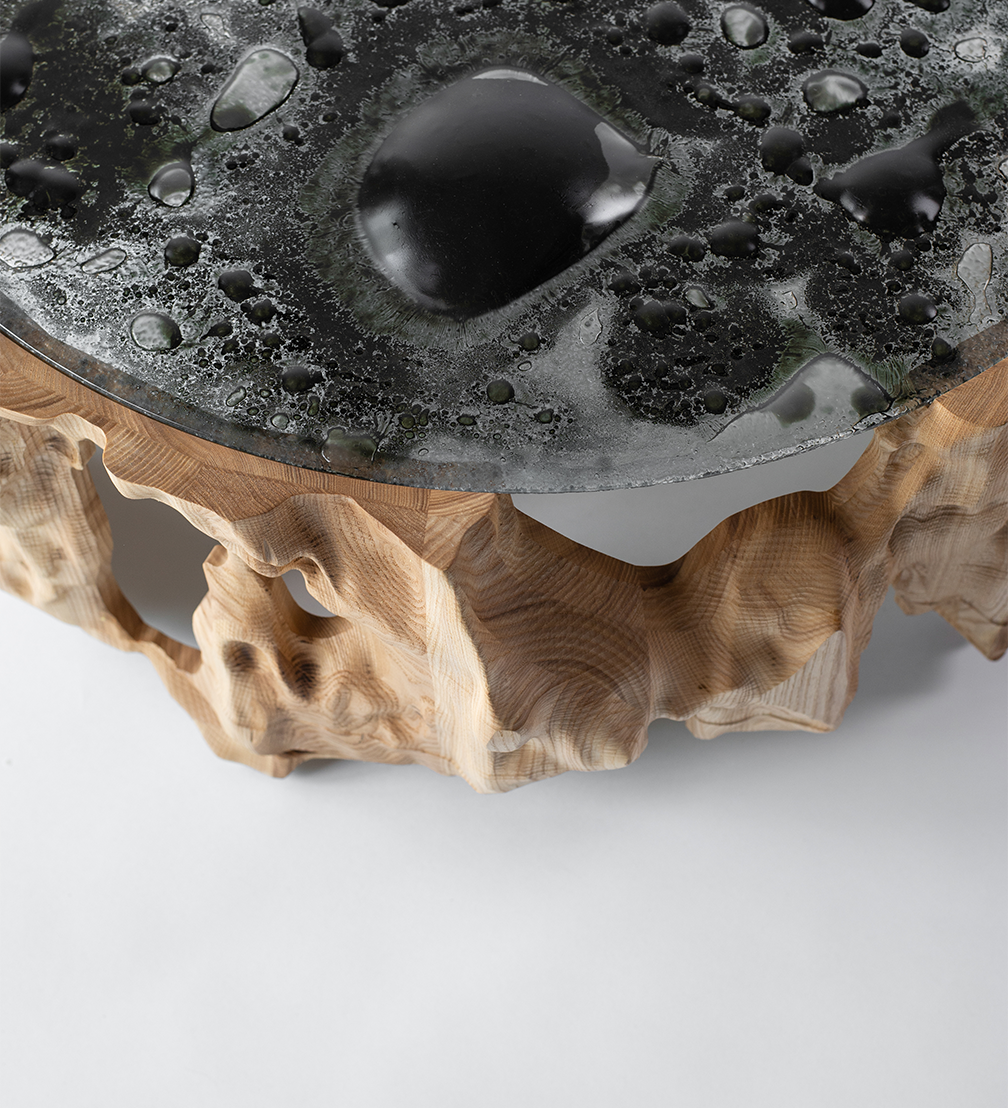
From April 7 to 13, Tactile Baltics will showcase the innovations and values of our region at the world’s largest design event, Milan Design Week. Representing Lithuania are designers Mantas Lesauskas, Paulina Vasiliauskaitė, Liucija Kostiva, Liepa Gradauskaitė, Daydreaming Objects, Marija Puipaitė, and Vilius Dringelis, whose work reflects on contemporary and traditional culture, as well as the relationship between humans and nature.
The Tactile Baltics exhibition will present furniture, lighting, textiles, tableware, craft, and collectible design, all driven by a commitment to material experimentation, sustainability, and circular design principles. Focusing on the tactile nature of design, visitors will engage with how traditional craftsmanship intersects with cutting-edge technology, exploring the dynamic interplay of form, function, and heritage. With a blend of established and emerging designers, Tactile Baltics will unveil a compelling mix of designs from Latvia, Estonia, and Lithuania, illustrating the diverse, innovative spirit of the Baltics. The works for the Estonian exhibition have been selected by curator Audronė Drungilaitė.
T SW bookshelf by Mantas Lesauskas
The T SW shelving unit is designed specifically for small books, which too often are overlooked by standard bookshelves. Beyond its functionalist aesthetics — such as exposed bearings holding aluminium mesh curtains and its simple construction — the piece carries a poetic dimension. The aluminium-cast webbed feet feature a unique digitally manipulated surface, originating from a 3D-scanned Trumpeter Swan specimen at the Natural History Museum Vienna. The designer visited the museum several times, forming a deep connection with the Swan. This more-than-human relationship aspect and the fusion of digital and material realms reflect the designer’s inquiry into world power structures, displacement, and historical narratives in the context of former peripheries and centres. Its mesh-like surfaces offer a play between transparency and secrecy, solidity and permeability, echoing broader themes of visibility, containment, and transformation.
Mantas Lesauskas lives and works in Vilnius, Lithuania. He graduated from the Vilnius Academy of Arts, where he now holds a position as an associate professor. He explores the essence of history without merely replicating or imitating it, avoiding pastiche and clichés. Instead, he delves into the archetypes and rituals associated with objects, seeking to unearth new and evocative visual languages and functions. Drawing inspiration from material culture heritage, Mantas embarks on a journey of uncovering the past to reimagine it through a contemporary lens. His artistic repertoire skillfully weaves together archaic idioms with futuristic expressions, resulting in a harmonious confluence of the ancient and the avant-garde.
More about Mantas Lesauskas on his Instagram account.
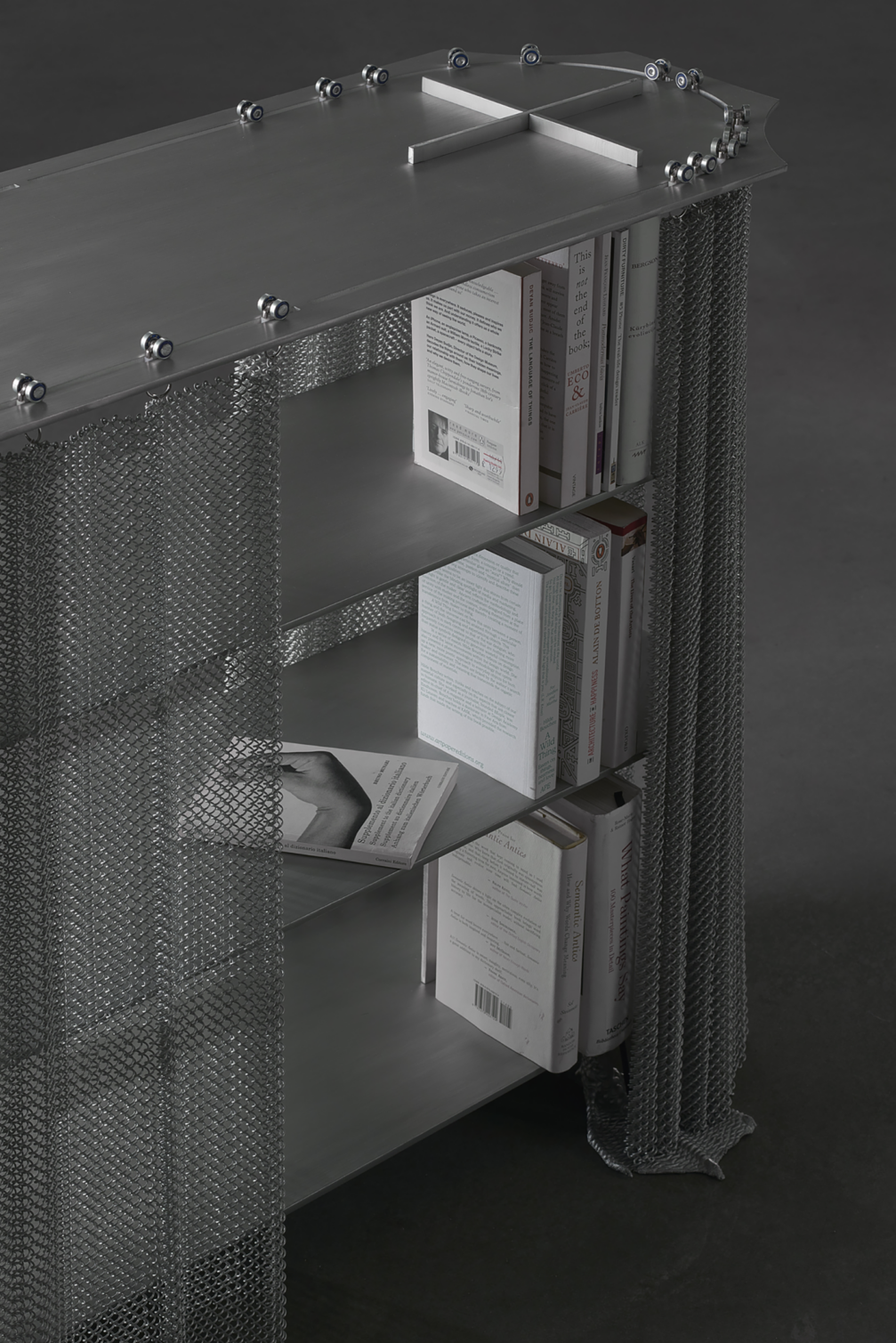
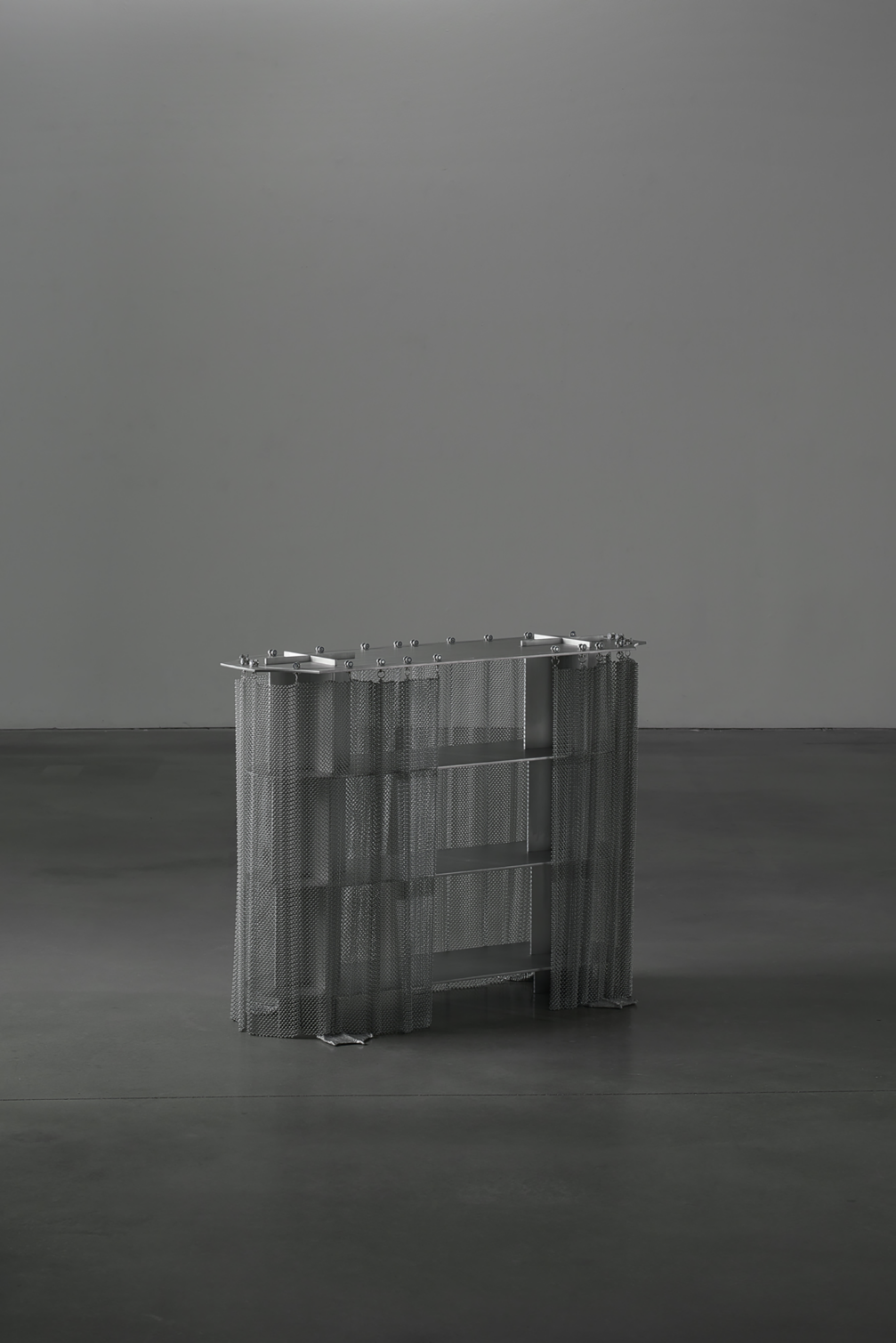

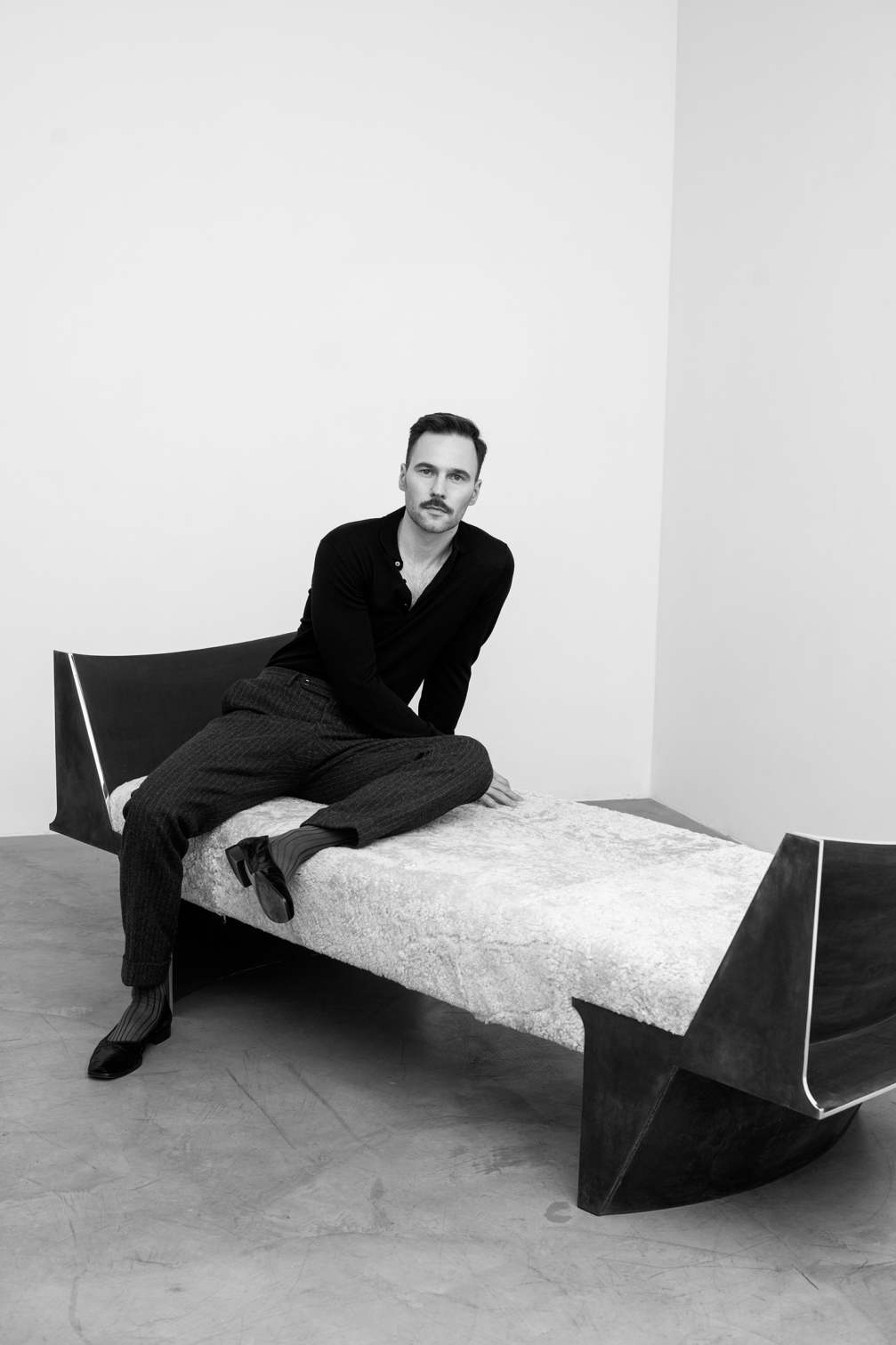
Swamp for Laumės table by Paulina Vasiliauskaitė
Being intermediaries between fate and humans, Laumės in Lithuanian mythology reflect the desire to control one’s destiny. It is believed that they live in water (often swamps) where time is passing slowly, whispering that it is the field of the unconscious, where our fears and anxieties about the unknown of the future lie. Researching glass techniques, questioning myths and cultural heritage, this object, a small table, combines tradition with industrial manufacturing processes such as CNC milling. Placed within the space, the swamp surface reflects the present moment, defining place and time. In myths, those factors are crucial for fulfilling a prophesied destiny.
Paulina Vasiliauskaitė is a designer, who enjoys creating stories through objects, forms, and materials. She is a graduate of the Department of Design at the Vilnius Academy of Arts. In 2021–2022 she also studied in the Netherlands at Royal academy of Art, The Hague . Contexts that she is working with are closely related to Lithuanian mythology, childhood memories and contemporary understanding of femininity. In her works, metaphors and symbols become tools that allow design objects to transcend their aesthetic and functional value and tell stories.
More about Paulina Vasiliauskaitė on her Instagram account.
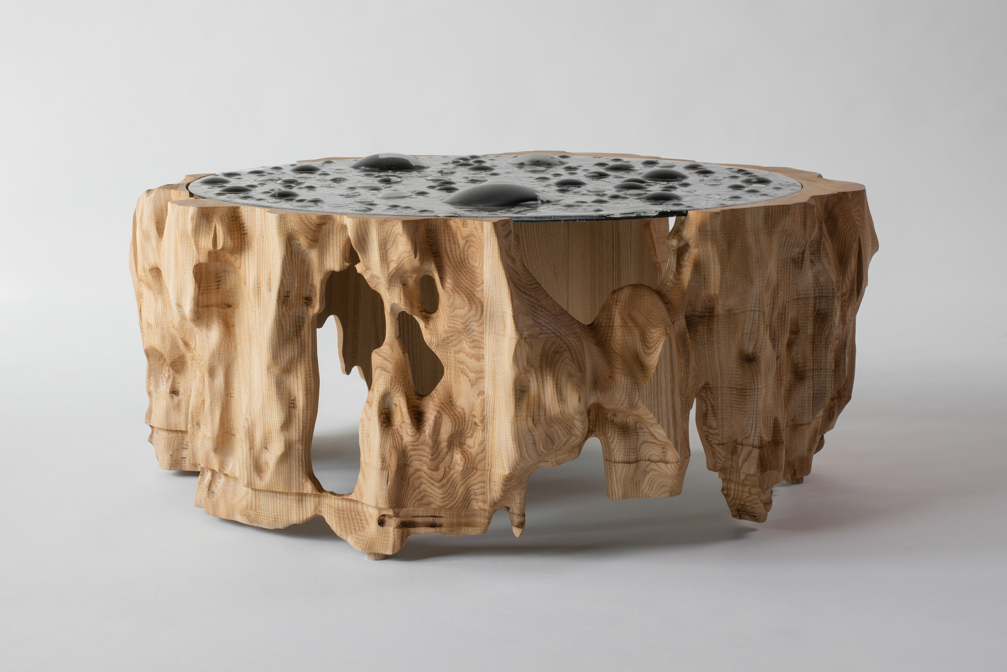
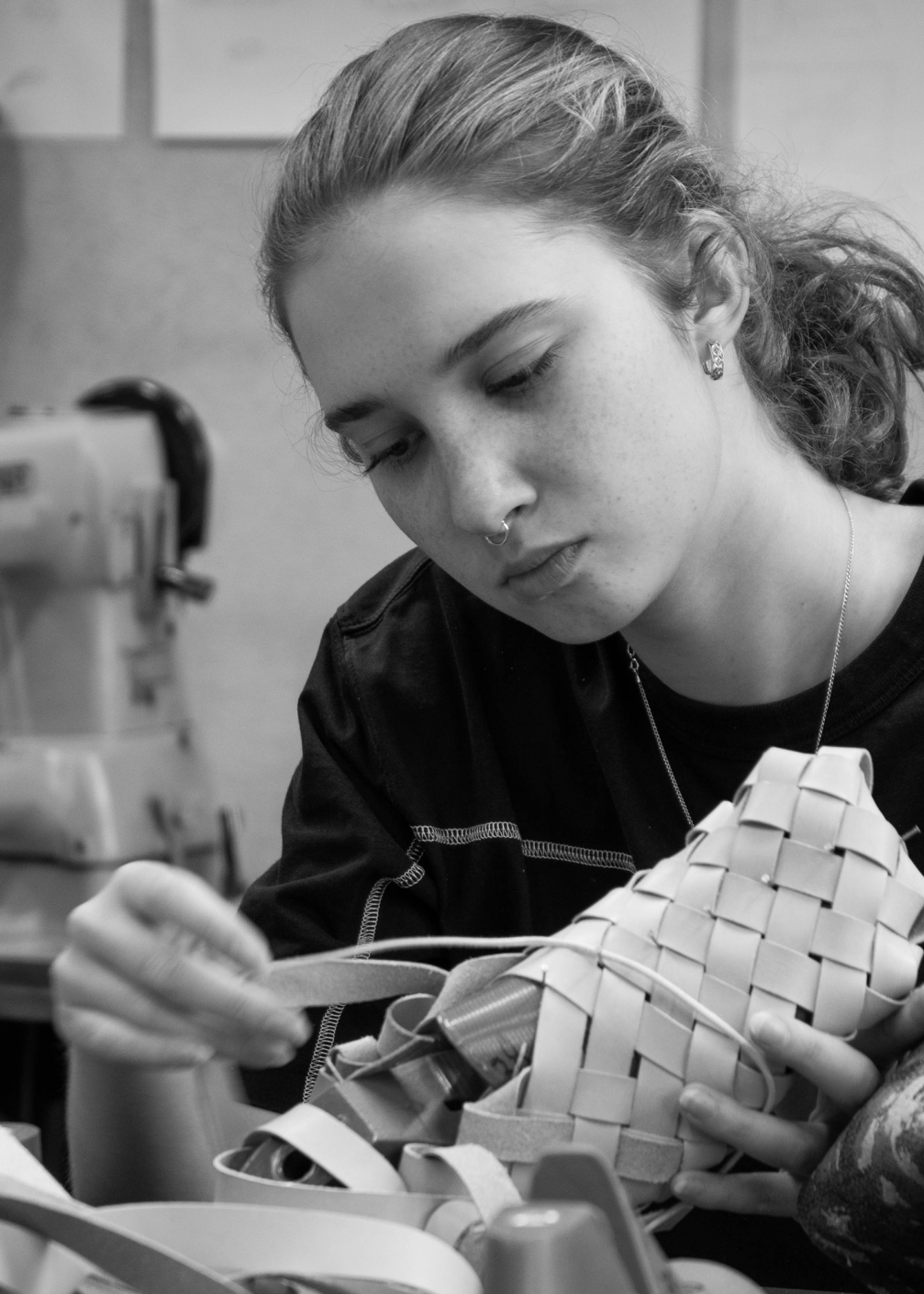
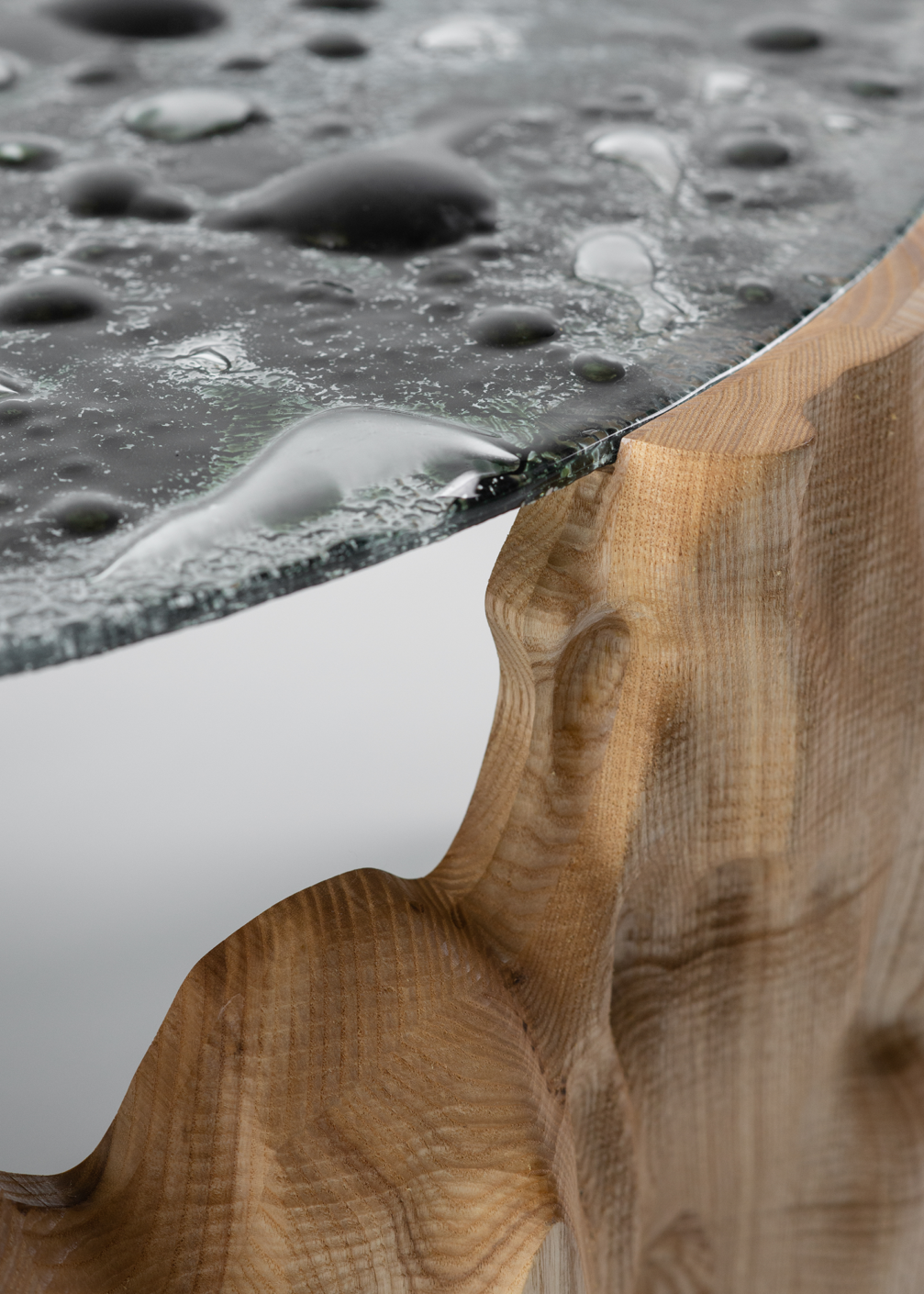
Secret Garden tapestry by Liucija Kostiva
This interactive tapestry illustrating a topiary garden hides secrets waiting to be revealed through a simple cut of its top layer of yarns. The allure of topiary aesthetics mirrors the constant human impulse to mould nature according to our desires — a reflection of our inherent desire to master our imperfections. Yet, beneath the surface of these perfectly shaped bushes lies an alternative narrative. Much like the Persian garden carpets that depicted the myth of heaven’s delight, this wall hanging tells a story about man’s search for perfection and his opposing wild nature.
Liucija Kostiva is a textile designer whose work spans various fields, ranging from fashion and home textiles to installation art. After six years of study and experimentation across diverse textile mediums, she has dedicated her recent years to researching woven fabric structures and advancements using computer-aided technology. Her work is rooted in the belief in the textile’s unique capacity to offer both physical and emotional well-being. The importance of emotional comfort and human relations to textiles are the key threads of her work.
More about Liucija Kostiva on her website and Instagram.

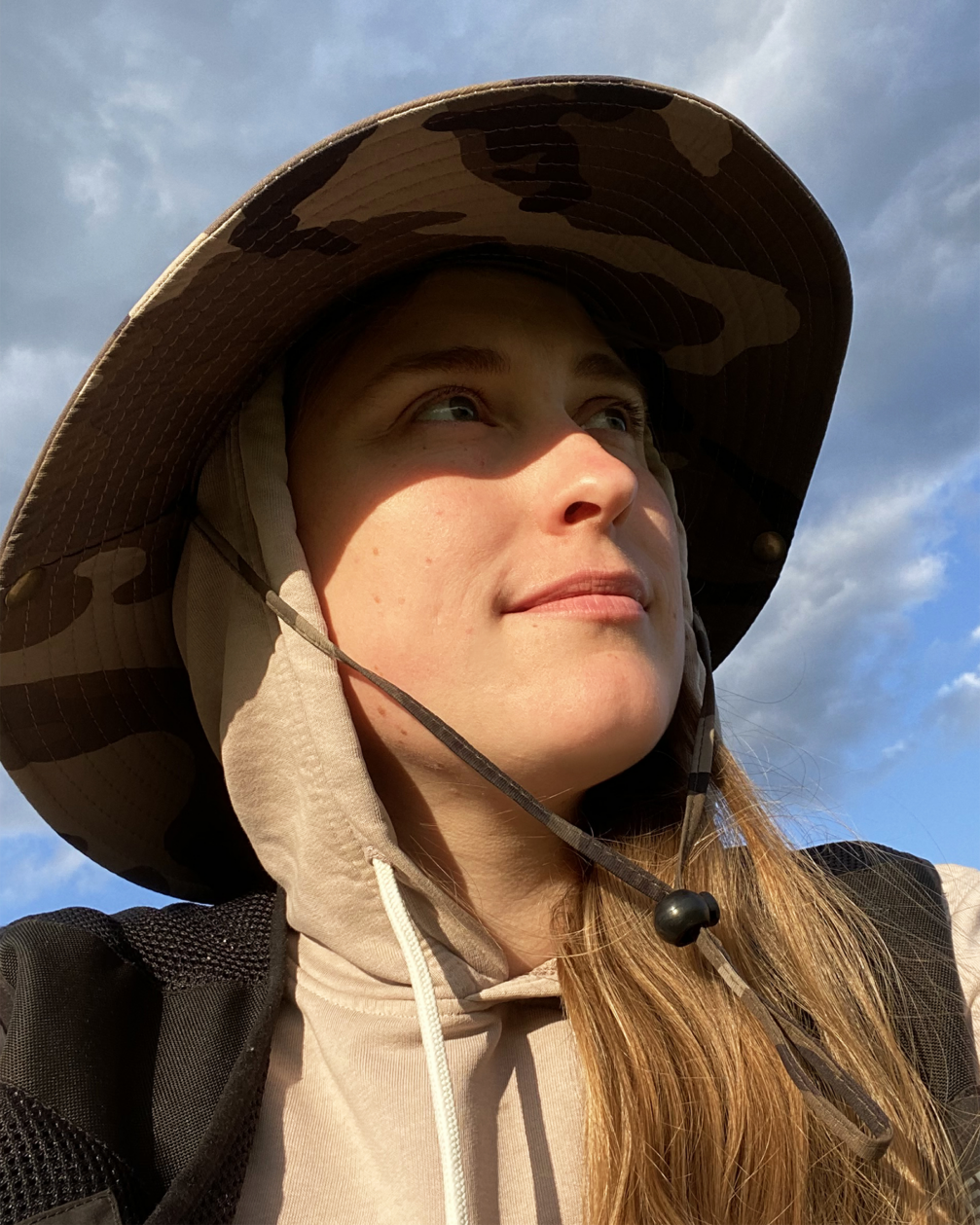
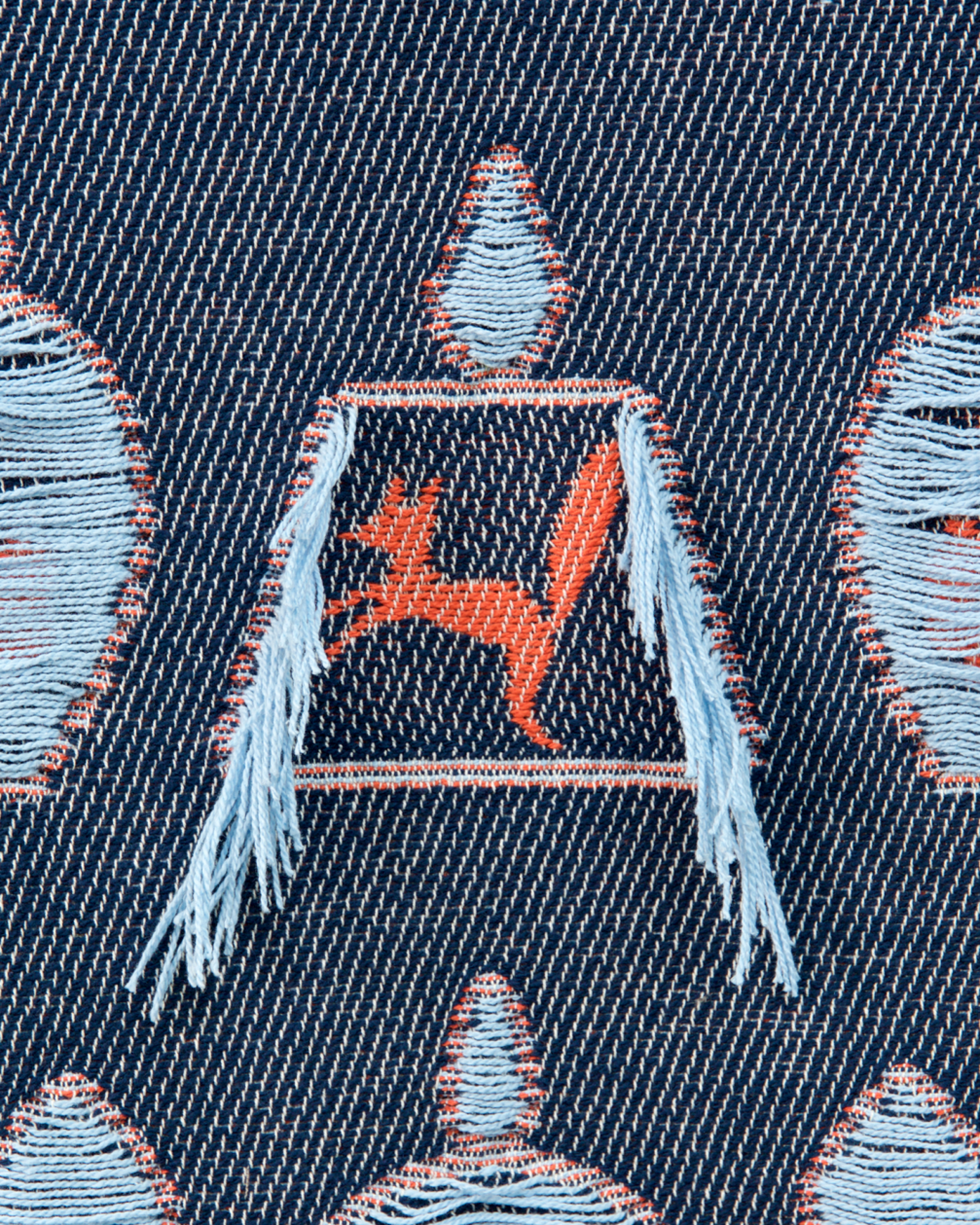

Pod basket by Liepa Gradauskaitė
Pod is a woven sculptural object inspired by the author’s childhood drawing, designed with a functional purpose: to store cherished items. Created in the spirit of children’s creativity, it emphasises the importance of inner freedom. Handmade entirely from Lithuanian willow, Pod is both sustainable and biodegradable. Its production involves only manual labour, making it unique and imperfect in its own way. This individuality blurs the line between design and sculpture, blending aesthetic beauty with practical functionality. The innovative weaving technique celebrates traditional Lithuanian crafts and cultural heritage while appealing to the sensibilities of the modern-day user.
Liepa Gradauskaitė is a designer based in Vilnius, Lithuania. Liepa gathers inspiration and influences from all over: in the natural environment, trying different techniques, such as tufting and weaving, and using them in untraditional ways, or her childhood drawings and memories. The designer’s work seeks to explore working with various shapes, oftentimes resulting in a sculptural approach. She is blending the boundaries between art and pragmatic design, often transforming the well-known «form follows function» concept to a «function follows form» approach. Her style could be described as soft, yet bold; contemporary, yet apprehensible.
More about Liepa Gradauskaitė on her Instagram account.
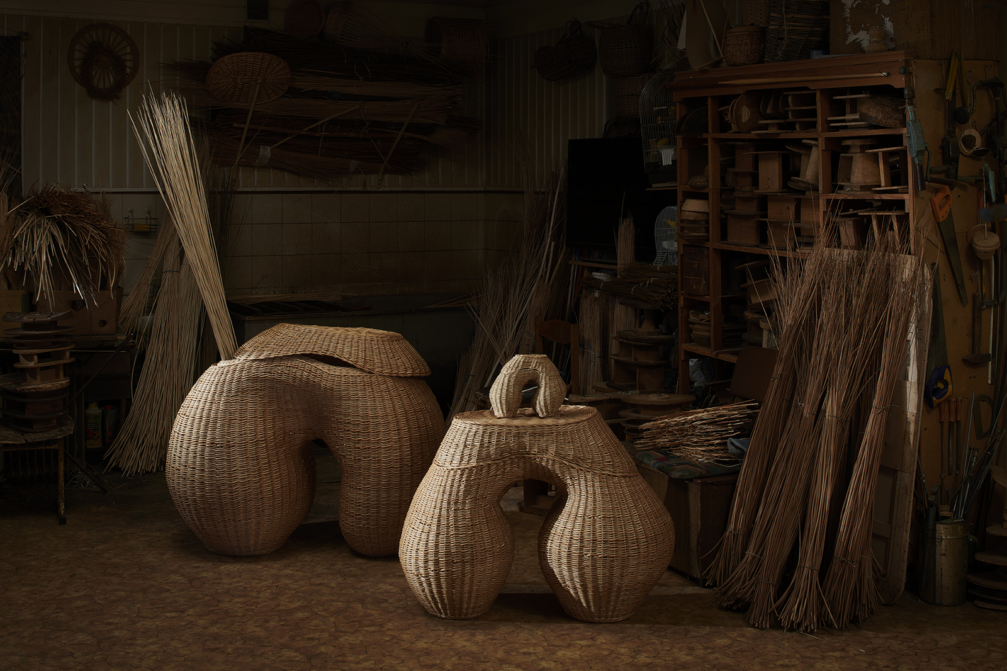
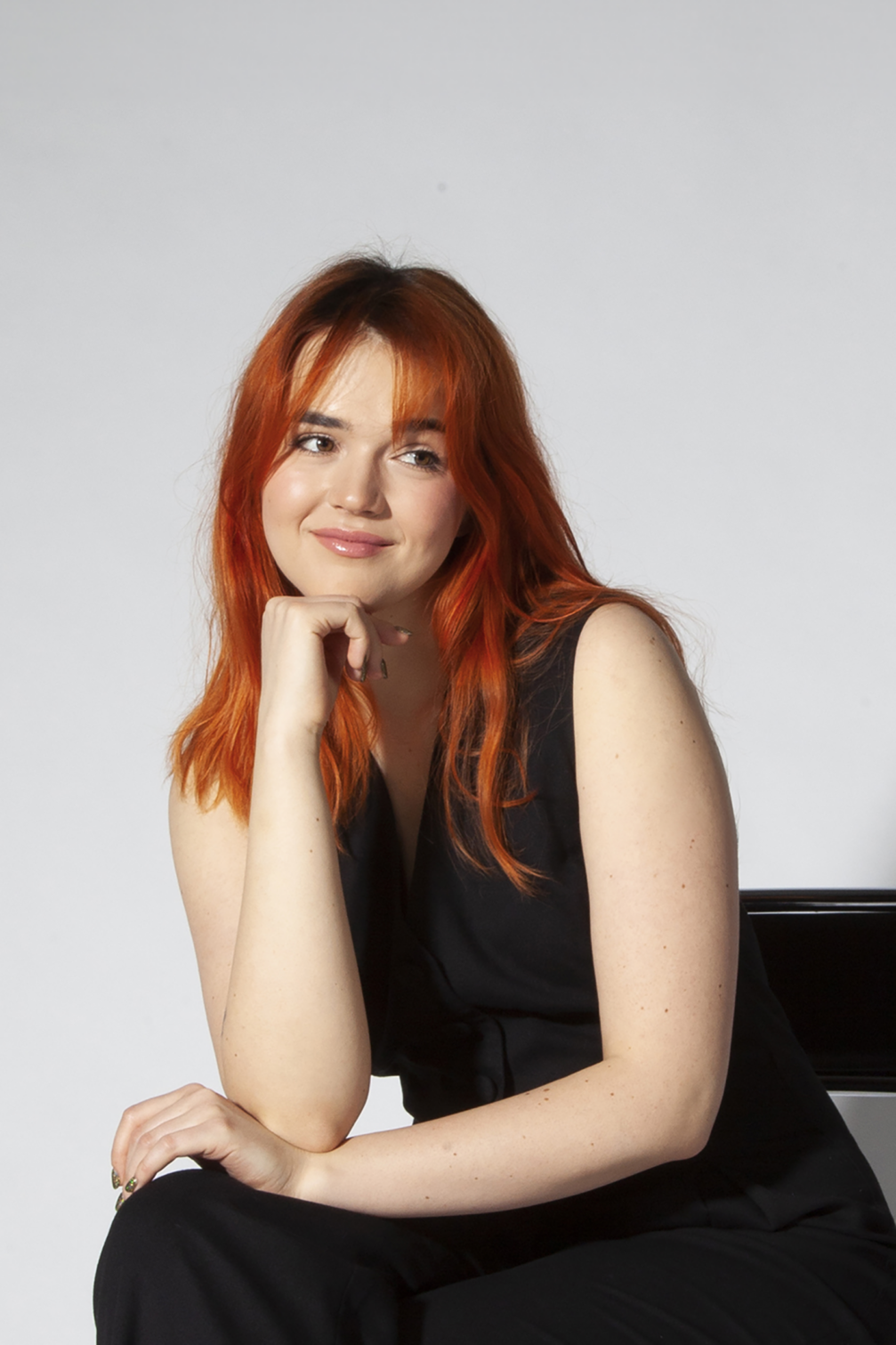
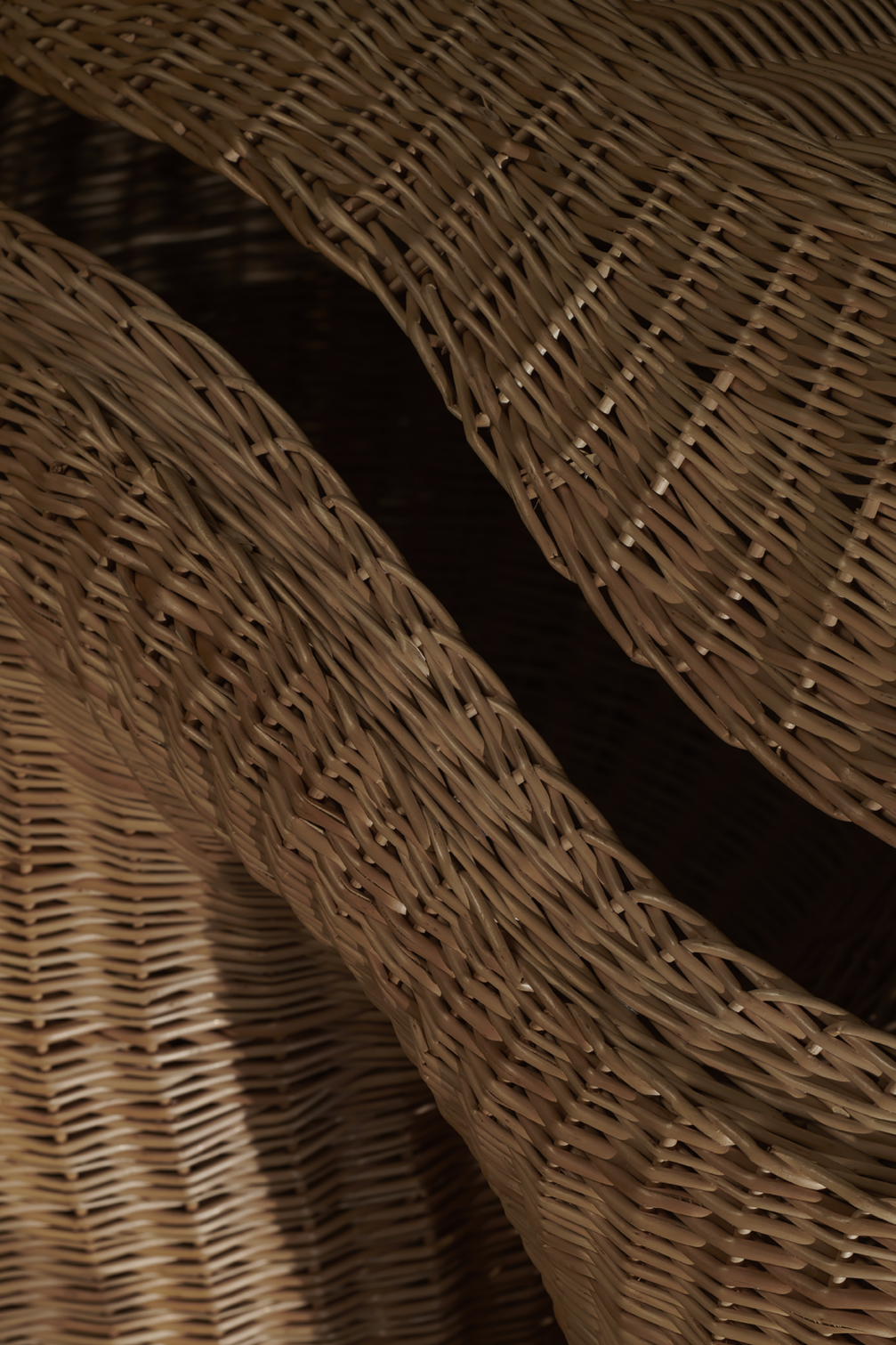
Stem light object by Daydreaming Objects
The Stem light object is a part of the lighting series Soft Solids, which explores the intentional use and repurposing of the natural wax, reflecting on its potential for regeneration within design practice. It raises questions about the potential implications of adopting a «soft solid» strategy in contemporary design and consumer behaviours. Stem symbolises the processes of growth and regeneration in nature. The light object is composed of natural wax elements that function as light diffusers. It features a modular system arranged into totem-like forms, which can be adjusted to various heights and compositions.
Daydreaming Objects is represented by a Copenhagen-based duo: lighting designer Ruta Palionyte and architect Ieva Baranauskaite. Combining diverse skills, the creative studio crafts lighting design objects that go beyond mere function, telling stories and infusing everyday spaces with dreaminess. They approach a blend of unexpected materials, curiosity-driven research, and experimentation, pushing the boundaries of creativity in lighting and design fields.
More about Daydreaming Objects on the studio’s website and Instagram.
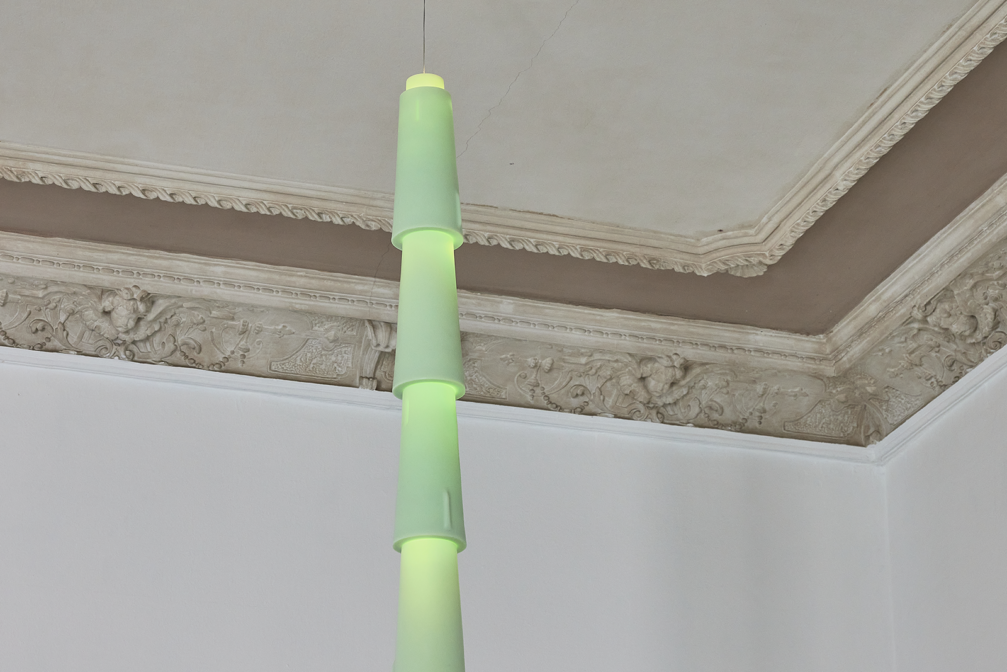
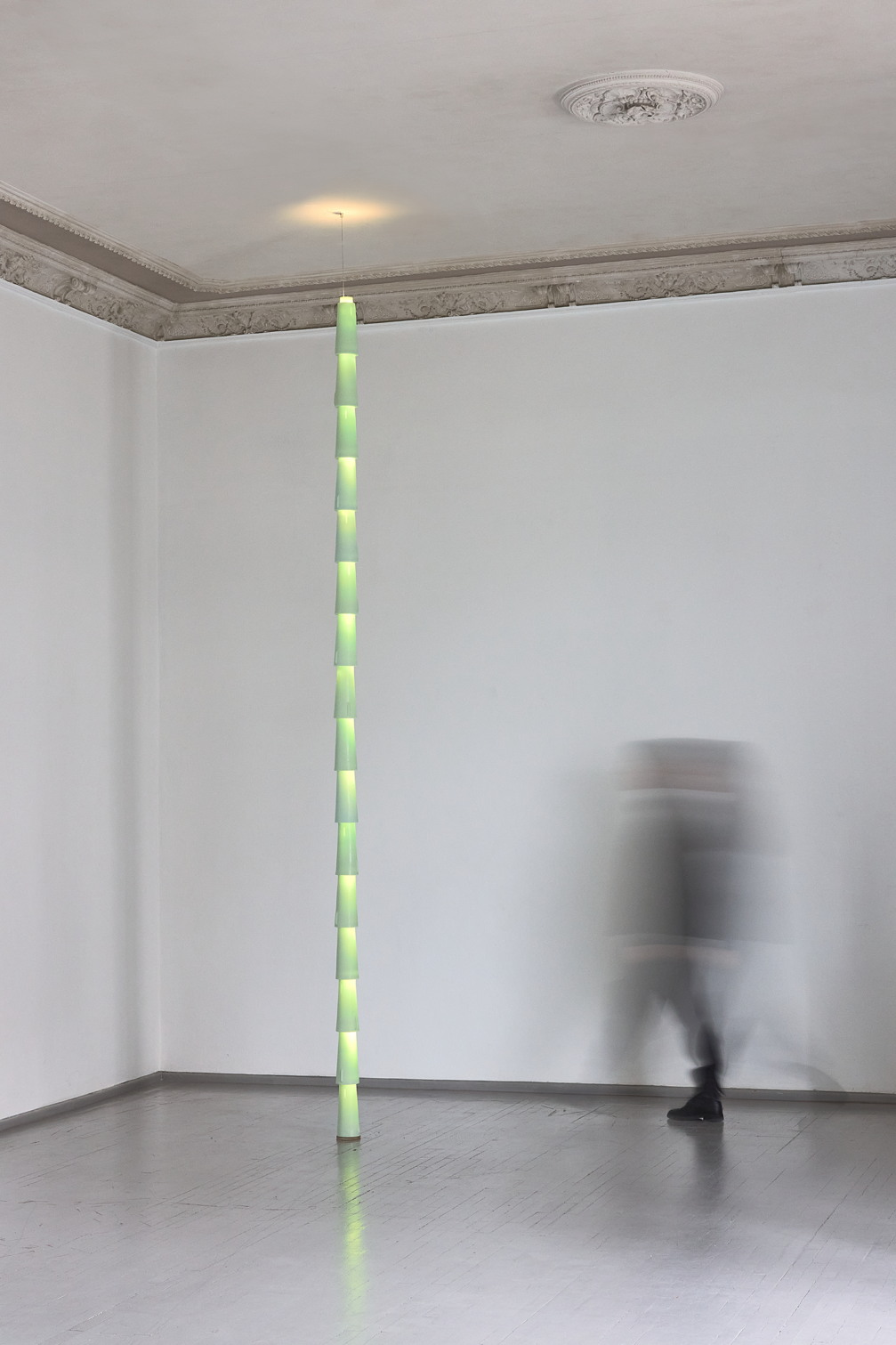
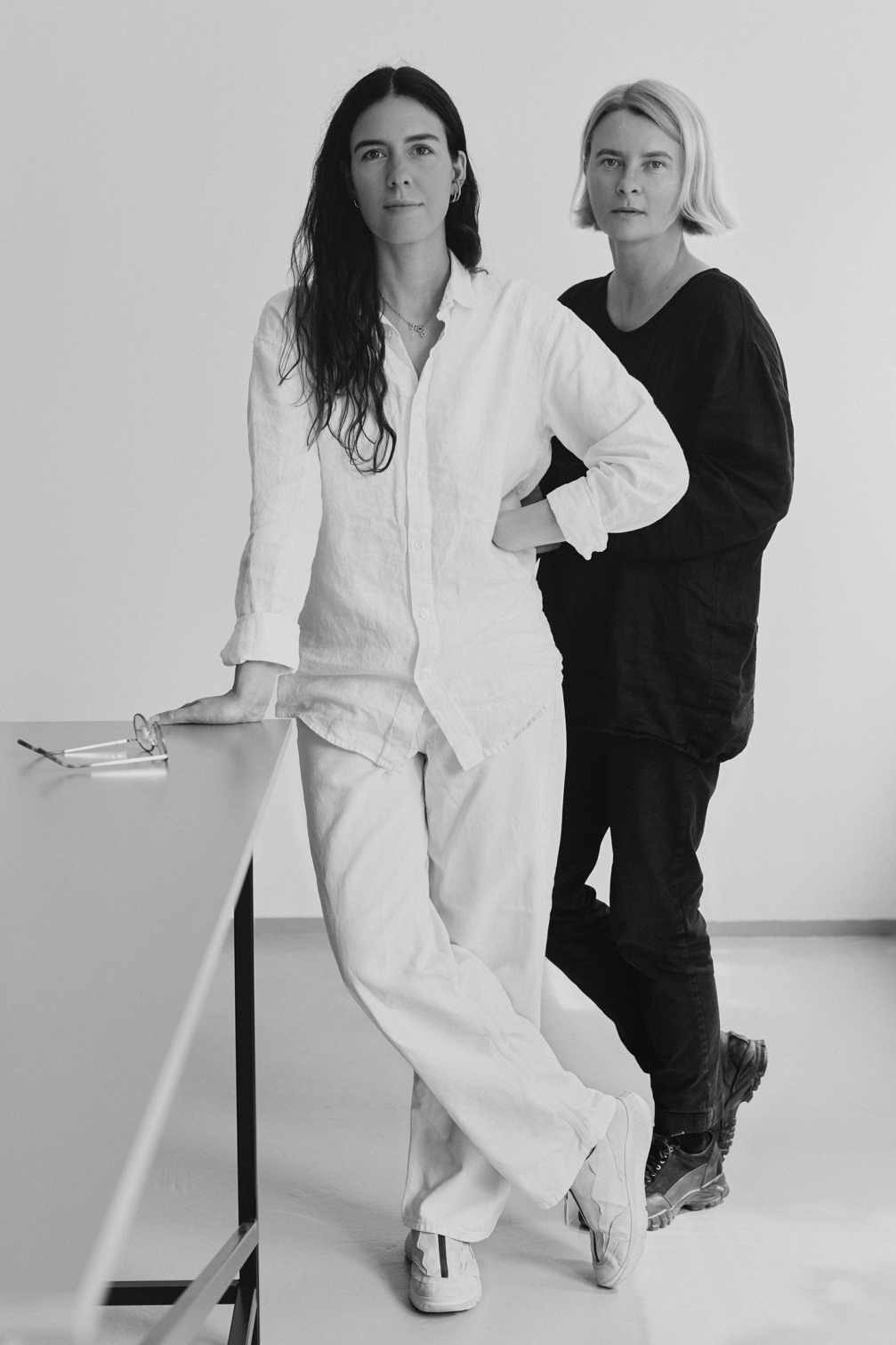
Devoted Surfaces No. 2 by Marija Puipaitė
Devoted Surfaces No. 2 was created as an attempt to craft an object with an aura, grounded in the belief that its essence resides not only on the surface but also within. This focus on the inwards was inspired by the exaltation of the body’s organs at the turn of the 16th–17th century, a time deeply influenced by the rise of anatomy as a scientific practice. Early modern anatomists also sought to uncover the physical manifestation of the human soul, peeling back the mysterious veil of the body’s secrets, leaving the body unmasked and objectified.
Marija Puipaitė is a Vilnius-based designer, researcher, and curator whose work is deeply rooted in the human body as a source of inspiration. Whether designing furniture or jewellery, she creates pieces that forge an intimate, organic connection with their user, striving to evoke a sensual experience. She holds a BA in Design from the Vilnius Academy of Arts (2010) and an MA in Contextual Design from Design Academy Eindhoven (2014). In 2024, she completed her PhD project at the Vilnius Academy of Arts, focusing on the agency of objects to evoke desire.
More about Marija Puipaitė on her webiste and Instagram.
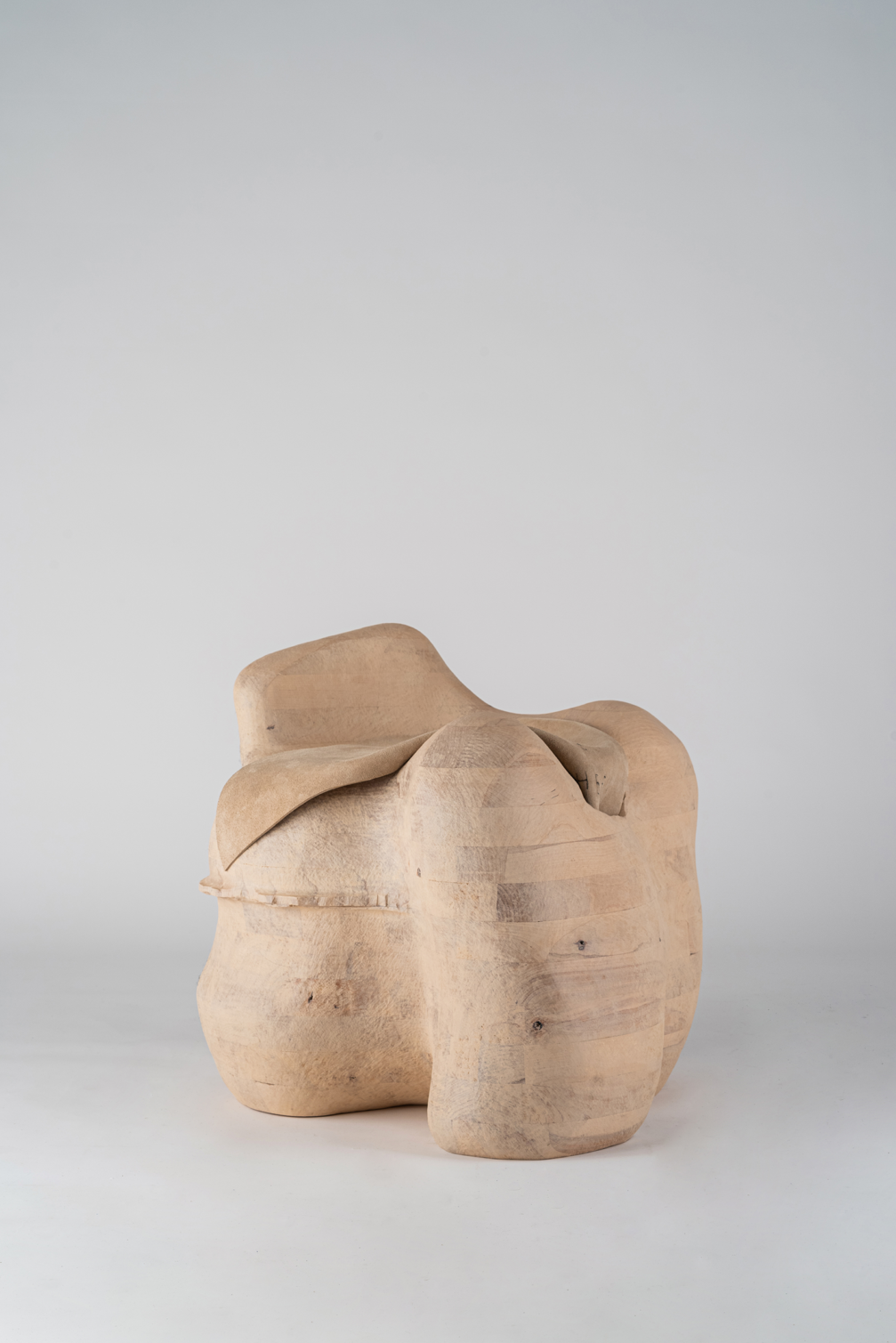
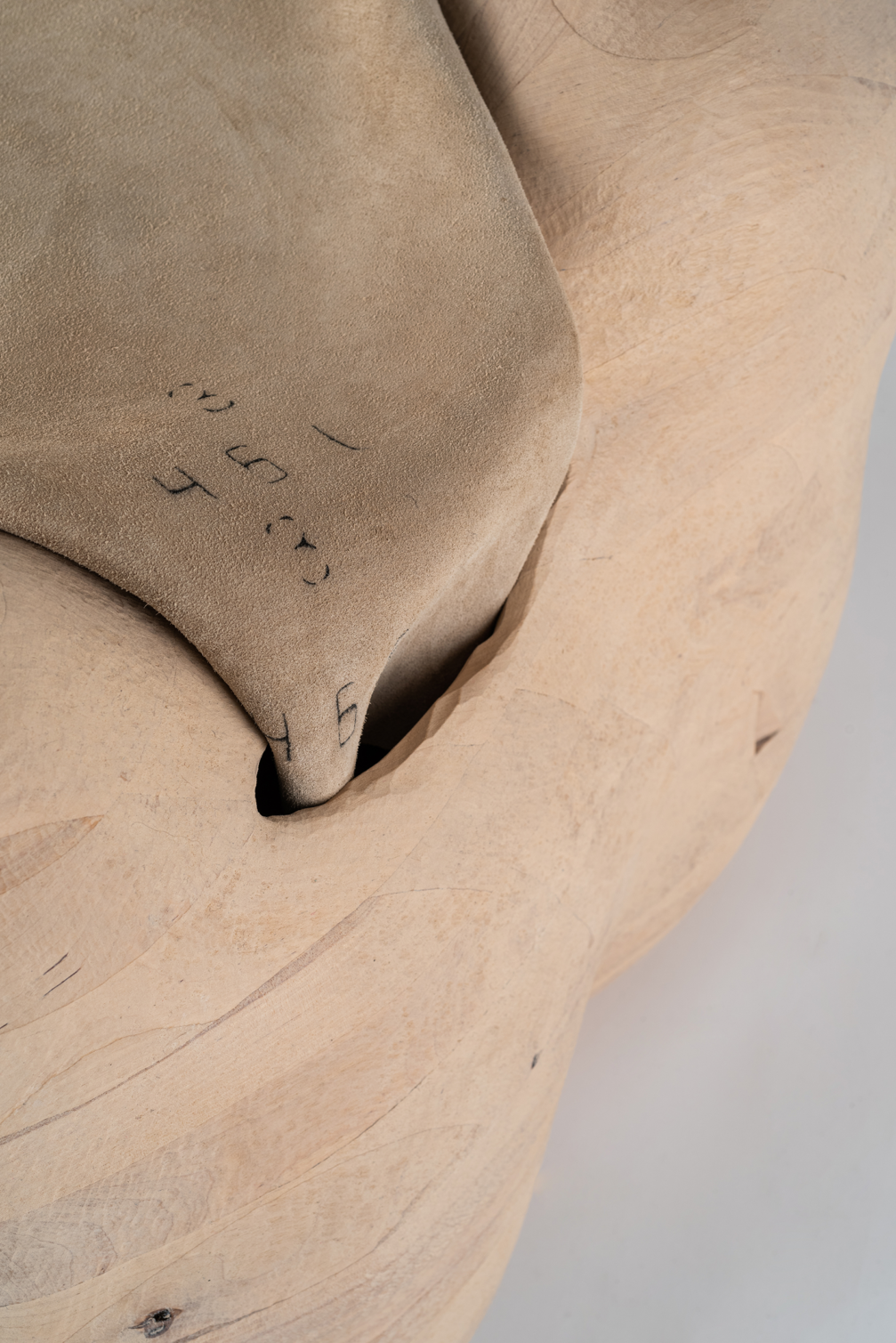
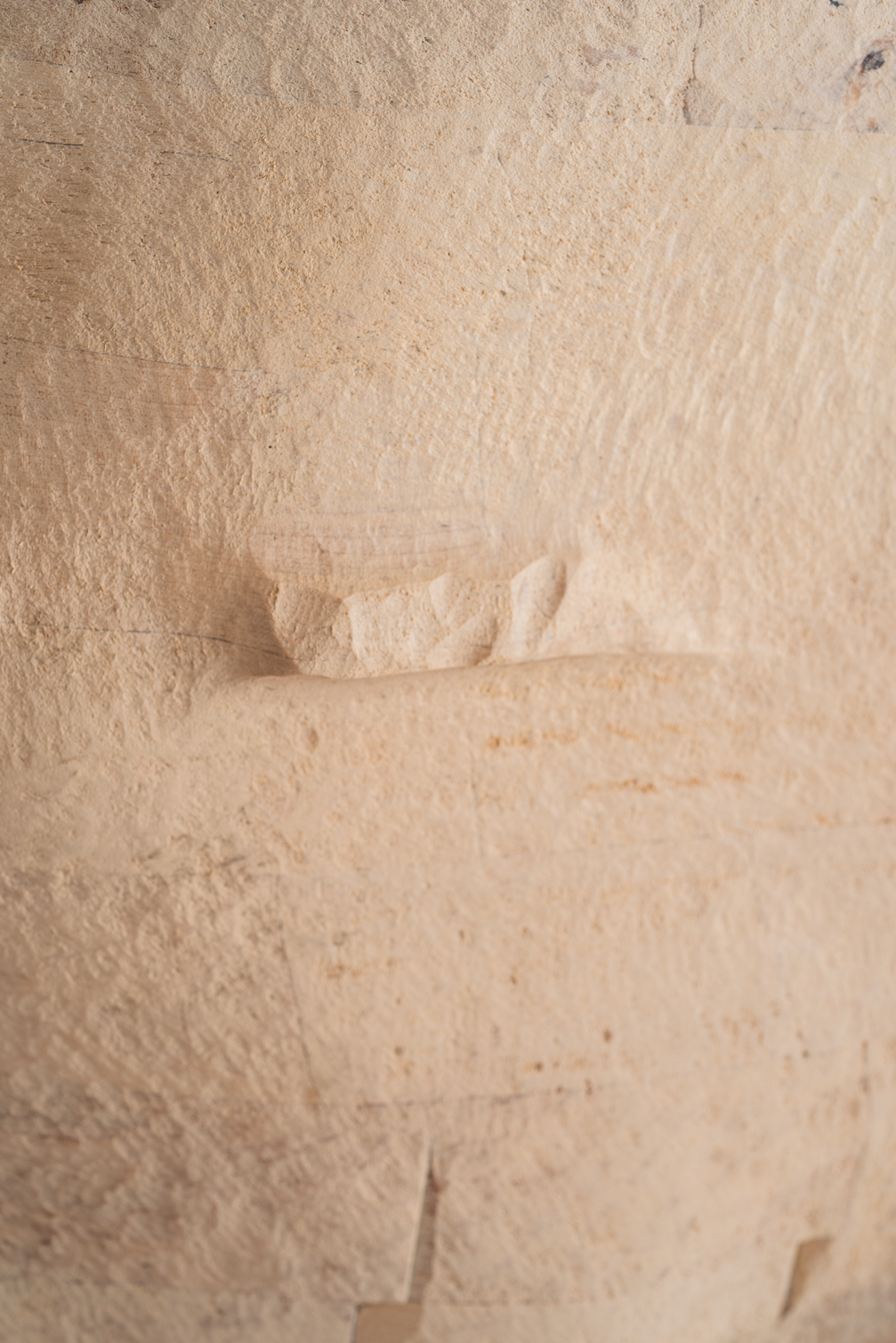
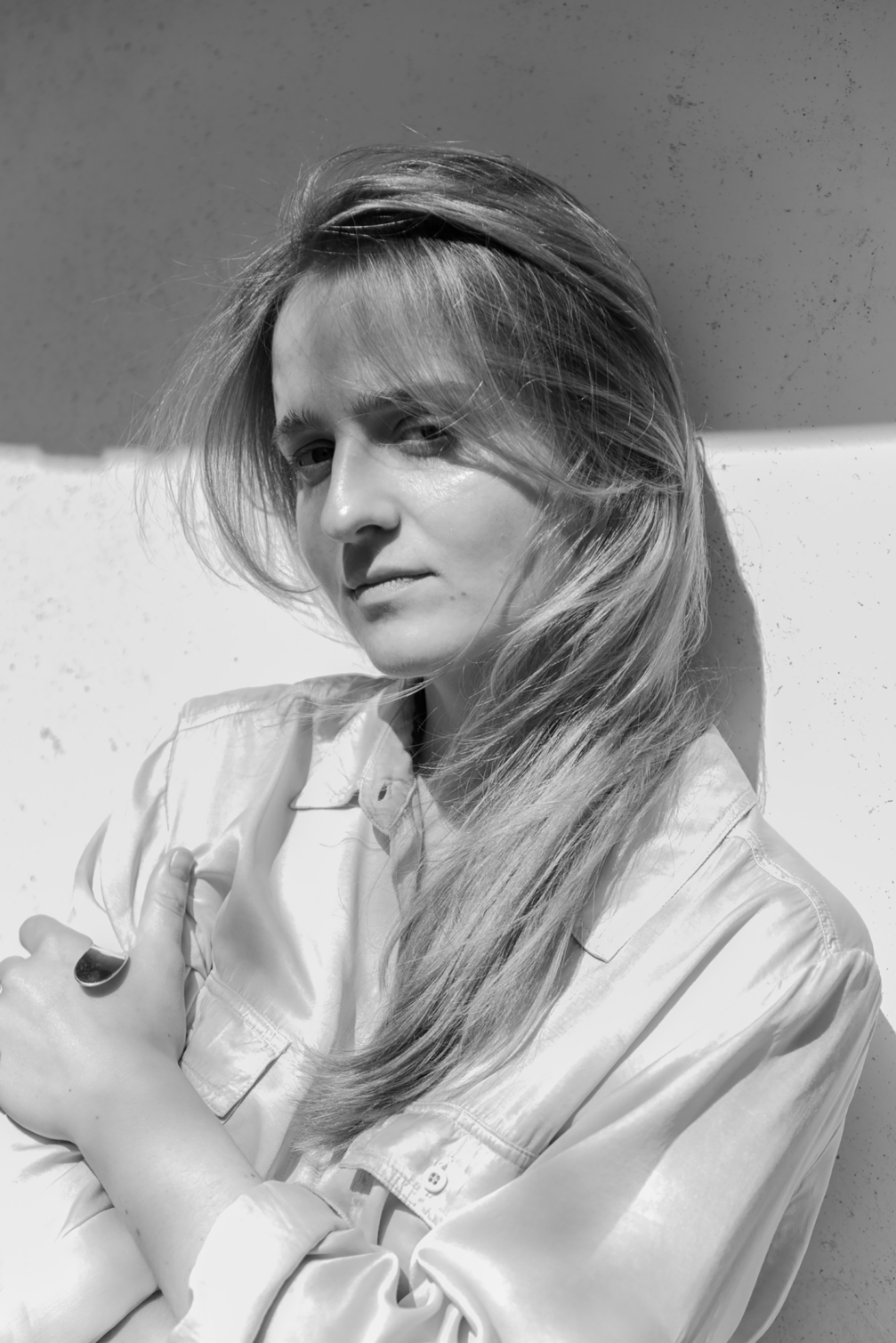
Dinner in Brussels candle holder by Vilius Dringelis
The Dinner in Brussels candle holder, made from pewtered aluminium, is made based on innovative digital technology and deep knowledge of the craft. In the creative process and in the structure of the object, the designer uses forms of foil imprints which he randomly finds in the city. According to this principle, existing objects are transformed into new exclusive design elements that become original interior accents with unique stories. This candleholder was inspired by the foil of a discarded and found kebab wrapper, with which the Brussels sign was stamped in the prestigious European Quarter, next to the European Parliament.
Vilius Dringelis is a contemporary Lithuanian designer, known for innovative creative solutions and experimentation. Drawing on the designer’s experience and passion for combining digital and modern technologies with various materials and non-standard tools, Dringelis transforms everyday urban impressions into unique design elements. Various design objects, accessories, and art objects inspired by forms found in foil imprints of city streets reflect his wanderings and explorations of authenticity. Dringelis works in a personal design studio with objects, customer orders, and collaborative projects.
More about Vilius Dringelis on his Instagram account.
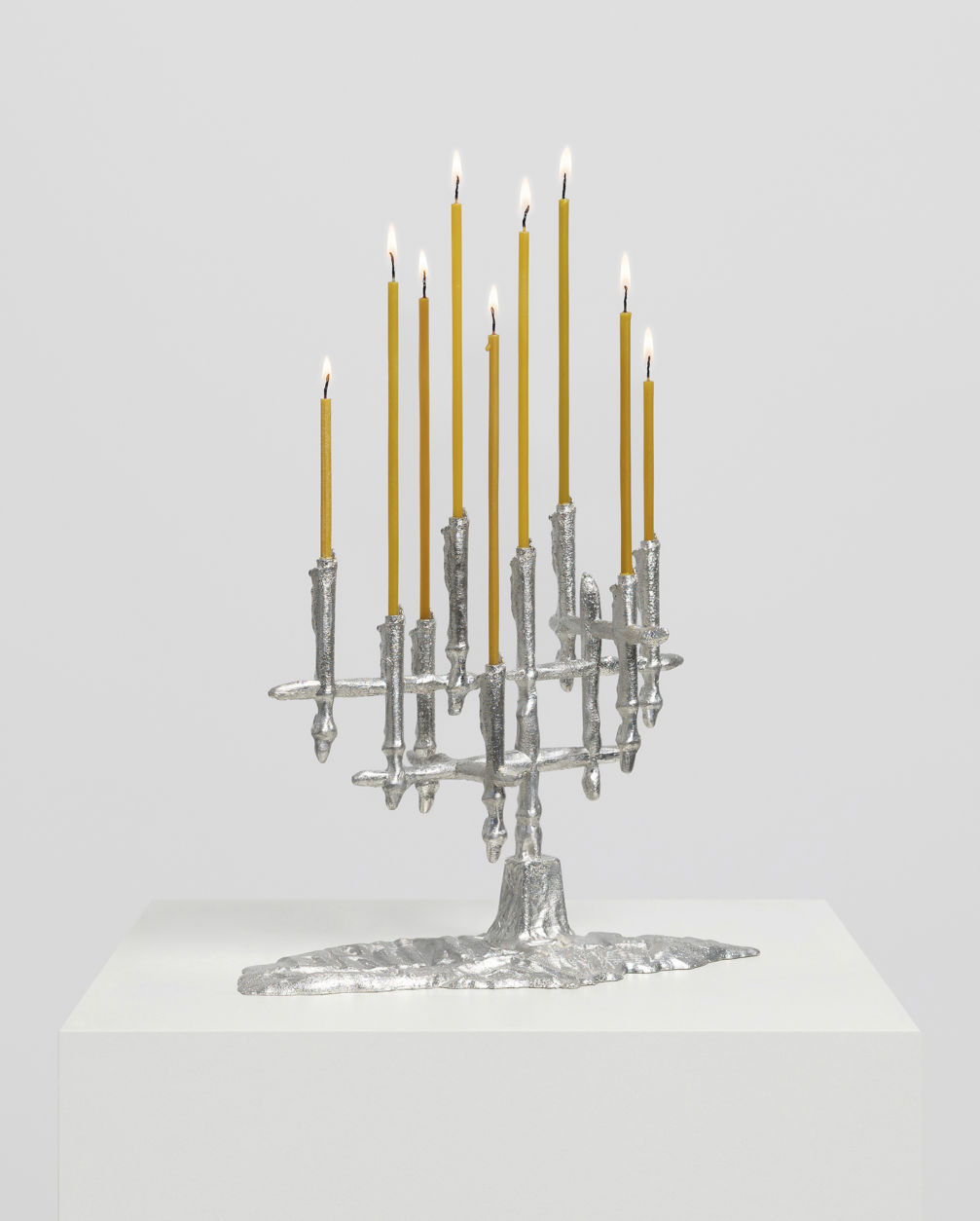
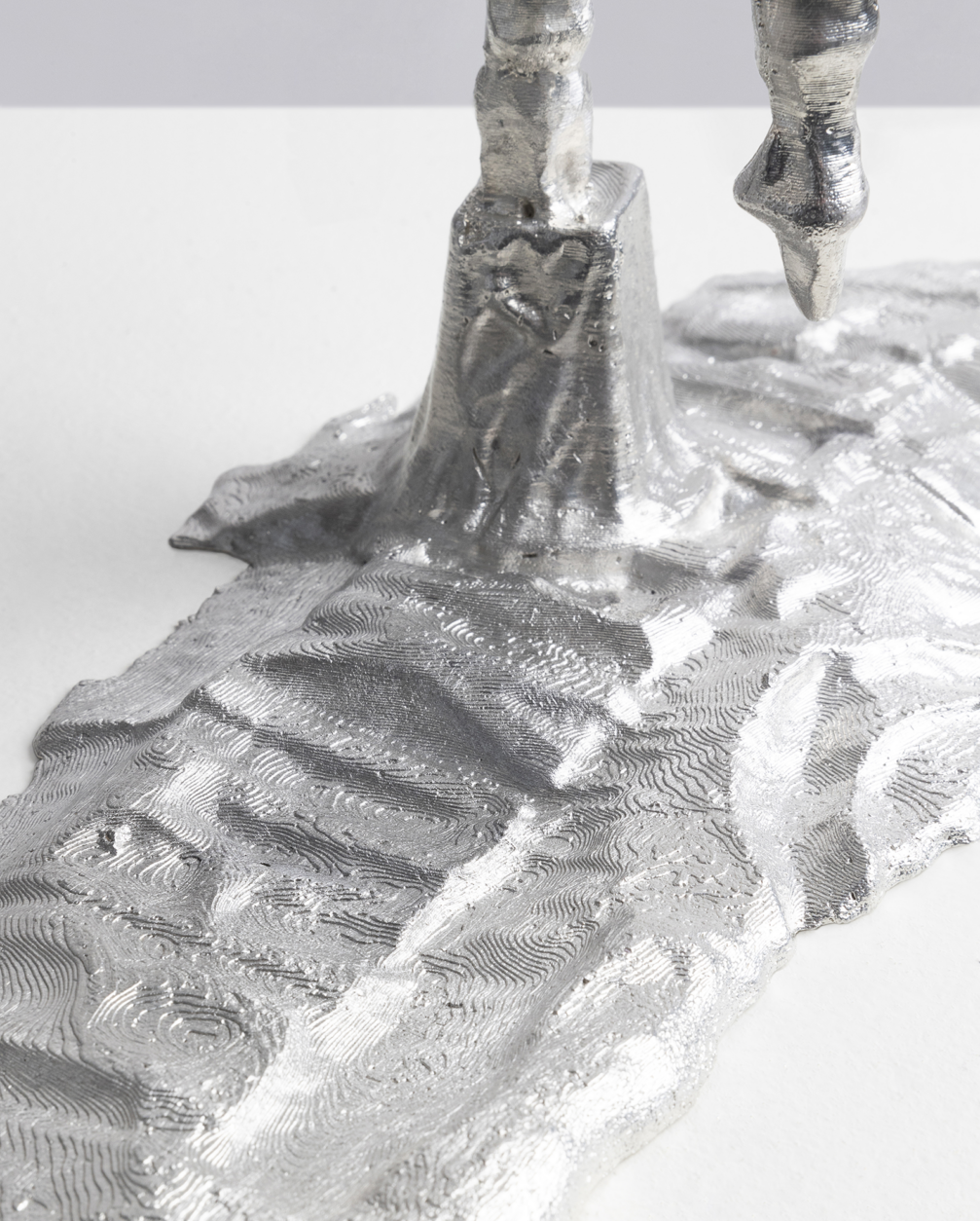
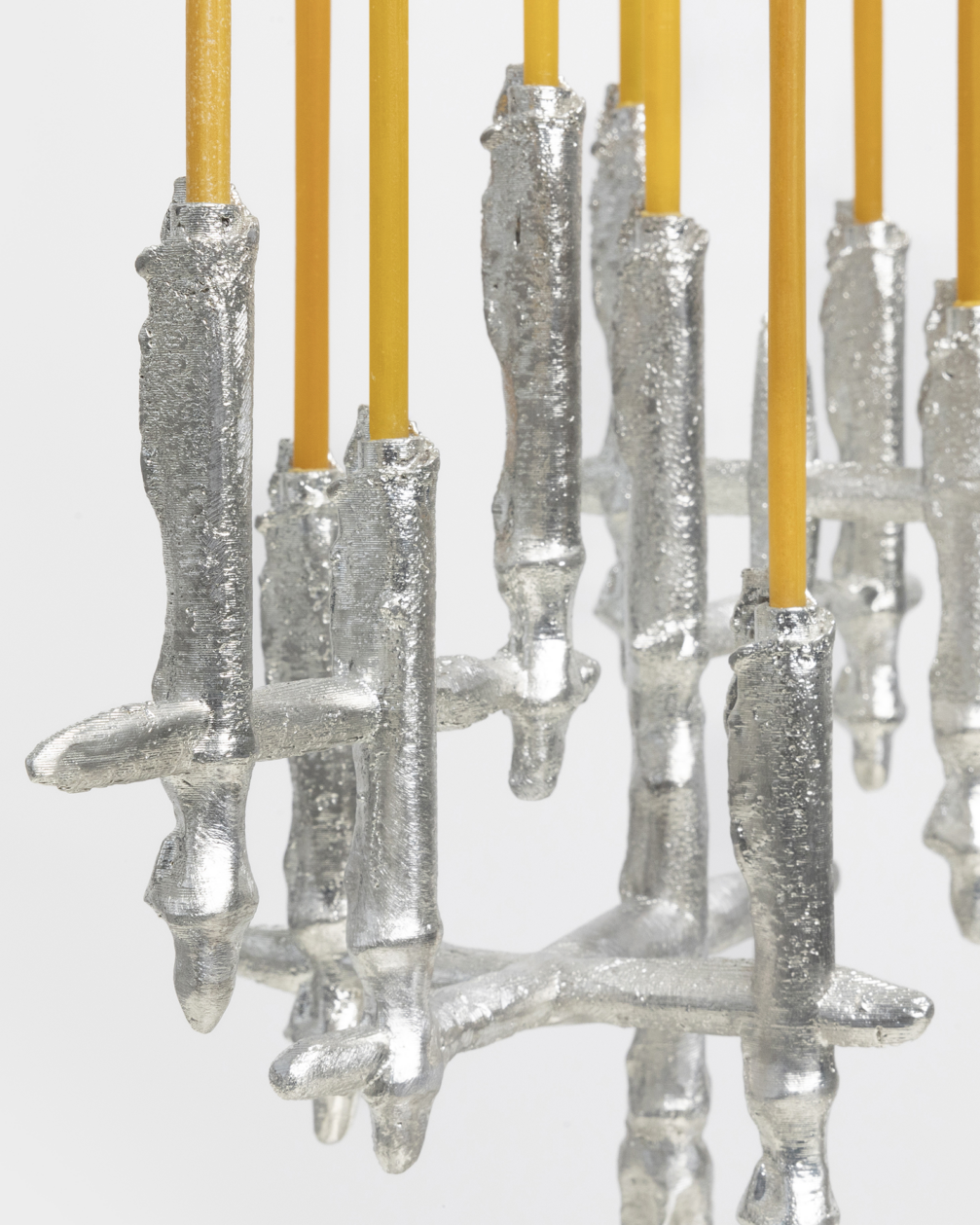

About Tactile Baltics
Following a successful debut at London Design Festival 2021, where it received an enthusiastic response, Tactile Baltics continues to serve as a platform for contemporary Baltic design, fostering appreciation and international recognition.
The Tactile Baltics exhibition at the Milan Design Week 2025 will be on view from April 7 to 13 at Palazzo Litta (Corso Magenta 24, 20121) in room 16 as part of the MoscaPartners Variations group exhibition. To visit the exhibition, register here.
Tactile Baltics in Milan is organised by the Latvian Design Centre, the Estonian design agency NID, and the Lithuanian Design Forum. Curated by Dita Danosa, Latvia; Triin Loks, Estonia; Audronė Drungilaitė, Lithuania. Graphic design by Kirils Kirasirovs (Augusts). Exhibition design by Brigita Bula (Brigita Bula Architects).
Tactile Baltics at Milan Design Week 2025 is funded by the Baltic Culture Fund, Ministry of Culture of the Republic of Latvia, Ministry of Culture of the Republic of Estonia and supported by the Embassies of the Republic of Estonia, Latvia, and Lithuania in Italy.
More information on the exhibition on the Tactile Baltics website and Instagram account.
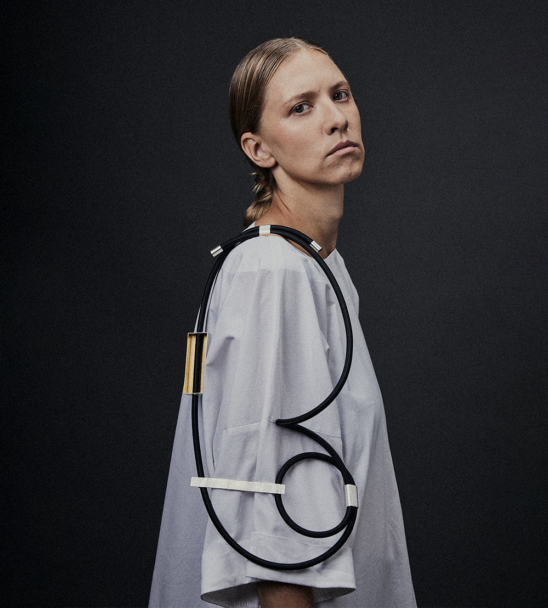
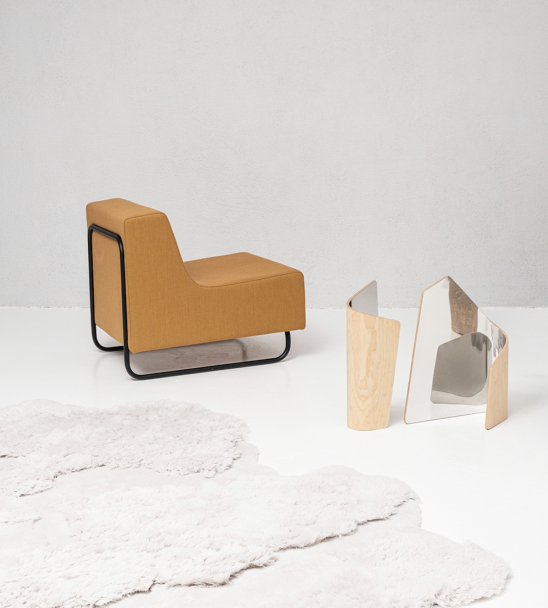
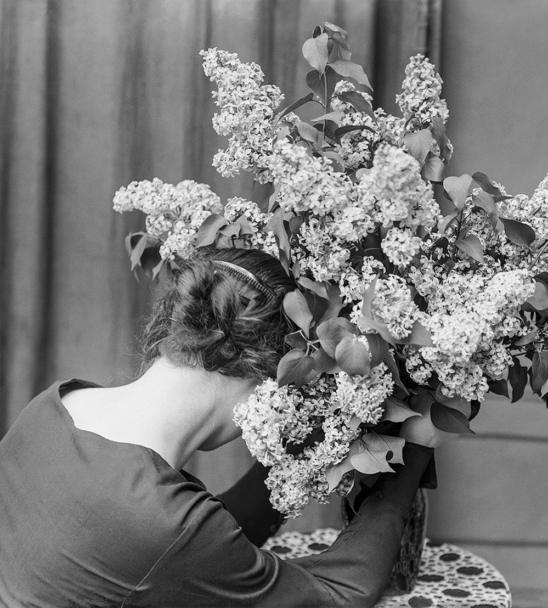
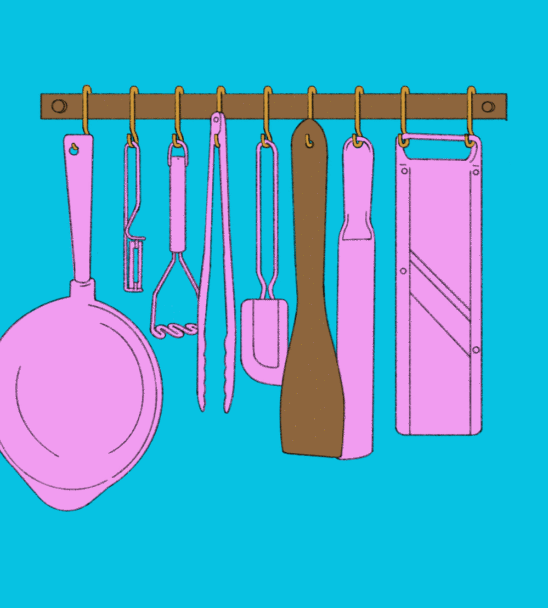
Viedokļi